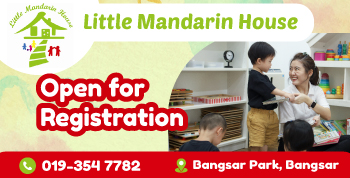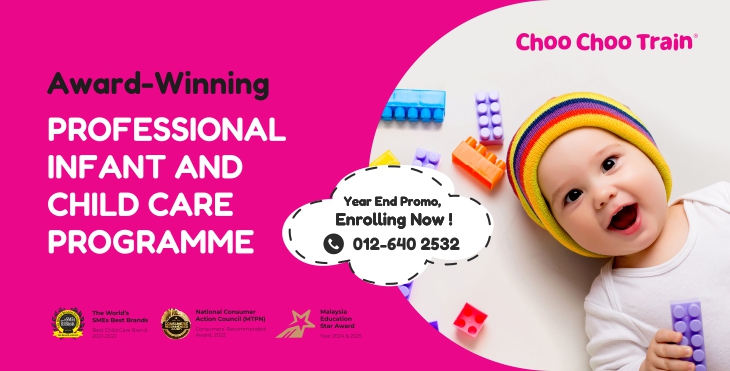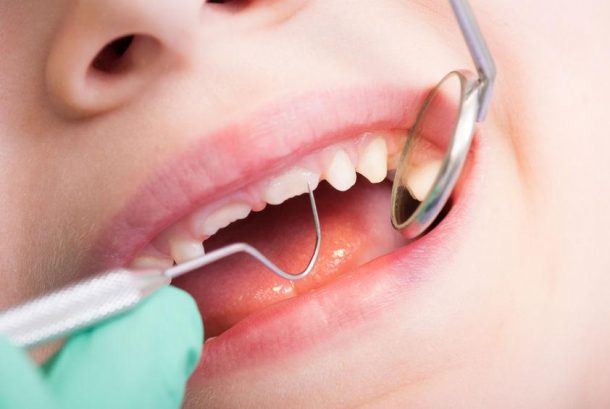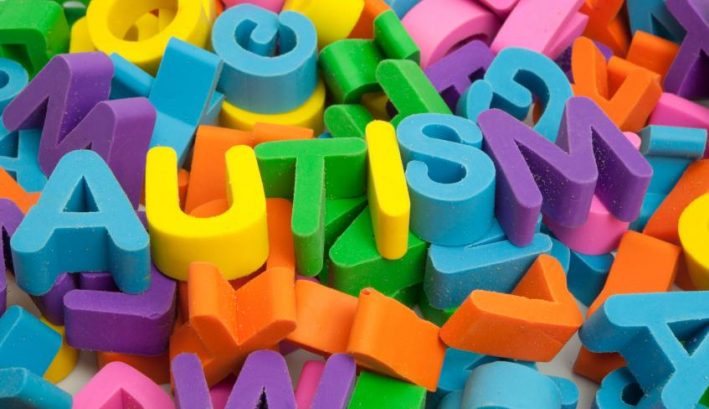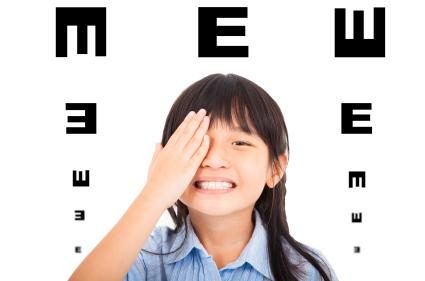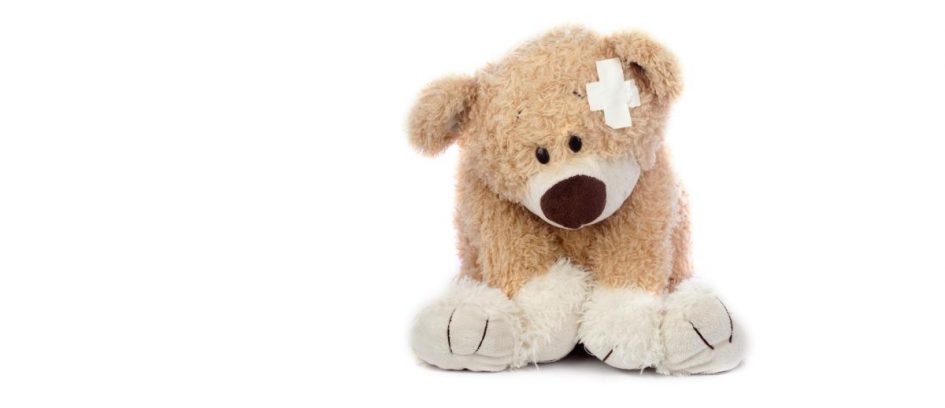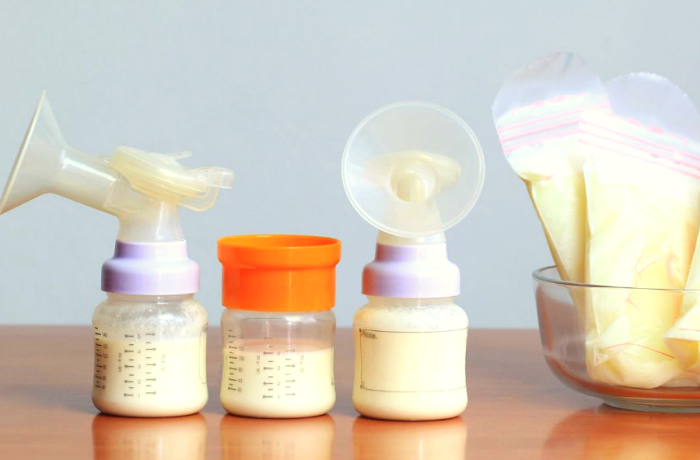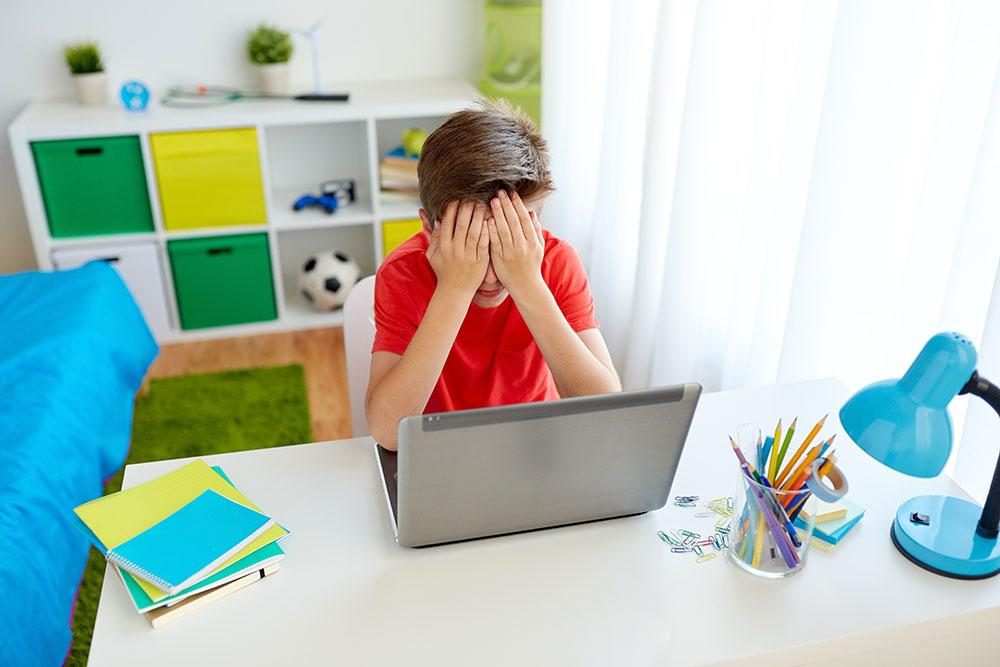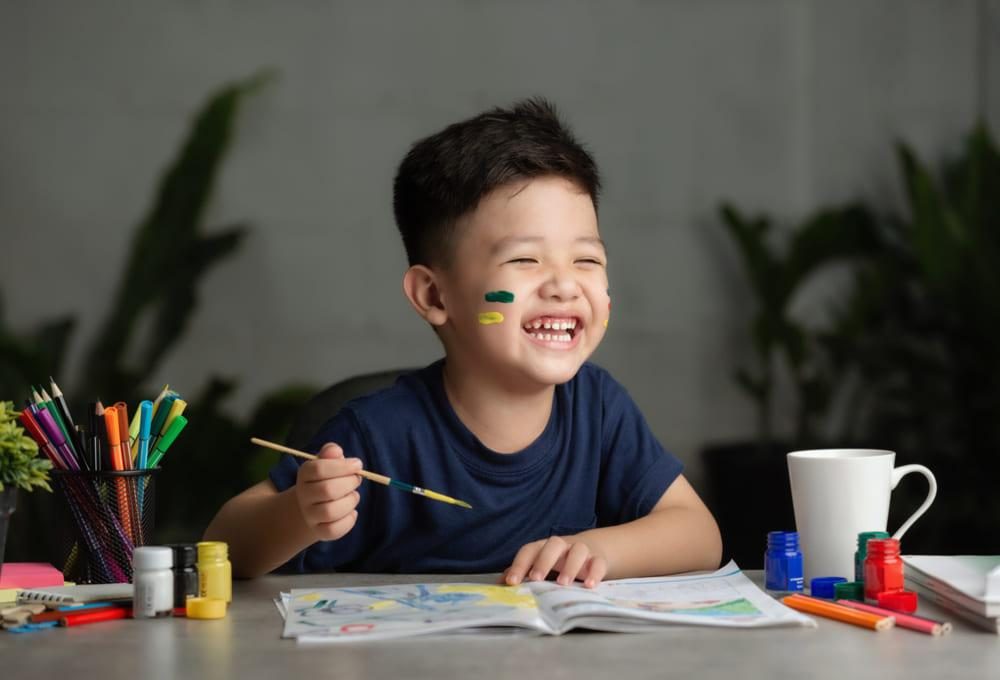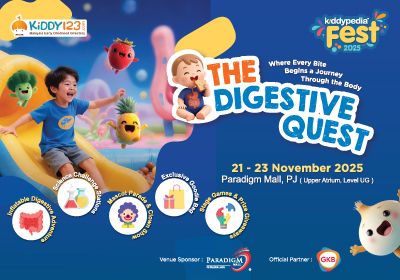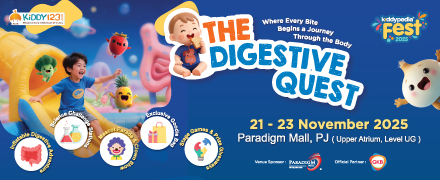13 First-Aid Kit Essentials & Tips Every Parent Should Know
by on 05/10/2022 ...
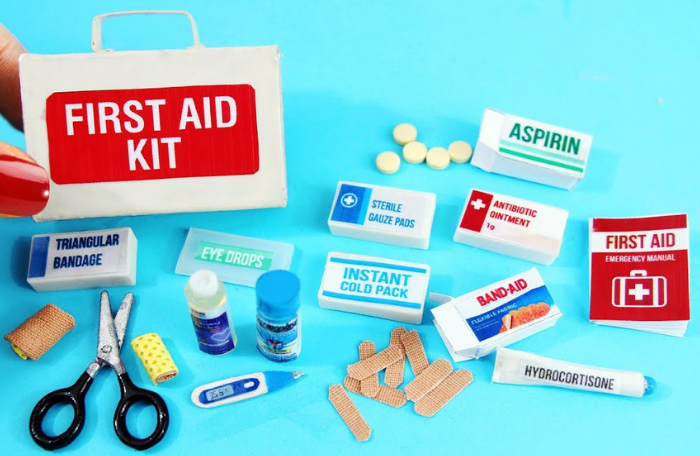
Child Safety At Home
Keeping a well-stocked first-aid kit in the house is a must. Having the right First-aid kit supplies helps you handle an emergency at a moment’s notice. Sharp edges, slippery floors, doors and windows at home, among others can be dangerous for children. Whilst some parents may have tried their best to minimise such risks, accidents causing minor injuries do happen. Who knew a coffee table corner or a drawer could be so sinister?
Prevention is better than cure. That said, parents must first ensure that their home is child friendly and child safe. Child safety products such as corner protectors or door finger guards help create a safer environment both inside and outside the house. Notwithstanding, there’s always a chance that a child gets hurt while playing. It’s therefore important that parents have the right First-Aid Kit supplies to treat such minor injuries.
What Should Be In My First Aid Kit?

You can buy a first aid kit at any pharmacies or collect each of these essential items and make one your own. If you decided to make one, use containers that are transparent and are easy to carry.
-
General or calamine lotion to treat burns, cuts and grazes.
-
Adhesive bandages in several sizes for supporting sprains or strains.
-
Dioralyte Sachets or rehydration salts for the treatment of diarrhoea and dehydration.
-
Antiseptic Wipes or Alcohol Cleansing Pads for cleansing wounds and the surrounding areas.
-
Digital thermometer to check for fever.
-
Disposable gloves to protect open wounds from infection.
-
Painkillers, both paracetamol and ibuprofen are safe and effective painkillers for children.
-
Sterile cotton balls for wound cleaning and applying ointment.
-
Plasters in different shapes and sizes for small cuts.
-
Wound dressings to protect the wound from further harm.
-
Saline solution to clean wounds and irritated eyes.
-
Scissors for cutting tapes and bandages to size.
-
Antihistamines for relieving symptoms of allergies, such as hay fever, hives, conjunctivitis and reactions to insect bites or stings.
-
Mild liquid soap to clean wounds.
-
Adhesive tape to put the gauze pads in place.
-
First aid manual that typically contains up-to-date emergency, life-saving first aid advice.
Once you’ve stocked your first-aid kits, read the first-aid manual so you’ll understand how to use them. Remember to store your first-aid kits out of children’s reach.
Where To Get Them?
First-Aid kit and its supplies are typically sold at health care stores. WATSONS and GUARDIAN have them. You can choose to buy the kit (that comes with all the essentials) or buy the supplies separately and make one your own. LAZADA too has a good selection of first-aid kits and supplies.
Where Can I learn First-Aid
The following are the most sough-after establishments offering first aid classes in Malaysia.
1) St. John Ambulance of Malaysia (SJAM)
SJAM is the leading First Aid training provider in Malaysia. With a long history of First Aid training since 1908, SJAM provides comprehensive, complete and practical First Aid training to the public in the industrial sectors, offices, government departments, schools, and other institutions.
2) The Malaysian Red Crescent (MRC)
MRC offers two first aid courses, namely Basic First Aid & CPR and Introduction to First Aid & CPR. Participants will receive a certificate (valid for three (3) years) upon completion of the course.
3) Academy of Safety and Emergency Care (ASEC)
ASEC is one of the largest occupational first aid organisations in Malaysia. ASEC offers various first aid courses catered for various groups.
First Aid Tips
Choking is a common cause of injury or death in babies and young children. For this reason, the article has put together a step-by-step guide explaining the basics of first aid for choking. More tips on how to help a baby or child in a first aid emergency can be found here.
A) First Aid For Choking Baby (1 year and Below)
Little ones are prone to choking. And when they do, they will be unable to cry, cough, make any noise or breathe.
Hold the baby face-down along your thigh with their head lower than their bottom. Hit them firmly on their back between the shoulder blades up to five times. If back blows do not dislodge the blockage, move on to step 2. Back blows create a strong vibration and pressure in the airway, which is often enough to dislodge the blockage, allowing them to breathe again. Support their head while you hold them in position.
Give up to five chest thrusts: turn the baby over so they are facing upwards. Place two fingers in the middle of their chest just below the nipples. Push sharply downwards up to five times. Chest thrusts squeeze the air out of the baby’s lungs and may dislodge the blockage.
Call the local emergency number (991) if the blockage does not dislodge. Continue with cycles of back blows and chest thrusts until the blockage dislodges, help arrives or the baby becomes unresponsive. If you can’t call 999, get someone else to do it.
Watch how to help a BABY who is choking.
B) First Aid For Choking Child (1 year to puberty)
A child who is choking may be clutching at their chest or neck and won’t be able to speak, breathe or cough.
Give up to five back blows: hit them firmly on their back between the shoulder blades. If back blows do not dislodge the object, move on to step 2.
Give up to five abdominal thrusts: hold the child around the waist and pull inwards and upwards above their belly button. Abdominal thrusts squeeze the air out of the lungs and may dislodge the blockage. Watch how to help a CHILD who is choking.
Conclusion
A well stocked first aid kit and the right first aid tips could help you handle any first aid emergency with ease. Some knowledge of simple first aid skills can mean the difference between life and death. Start learning these simple first aid skills and share what you’ve learnt with others – let’s educate each other!





